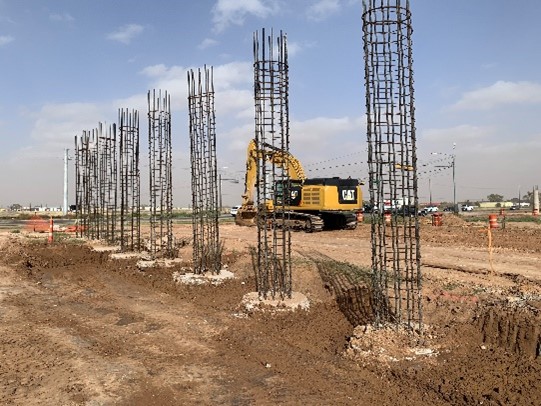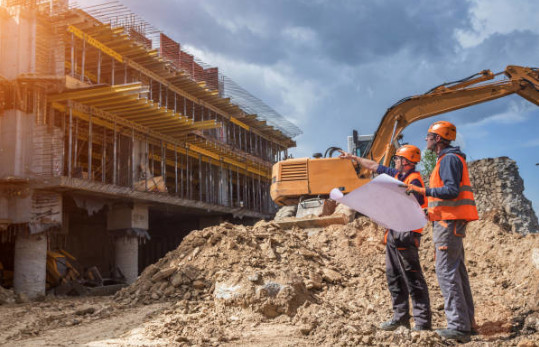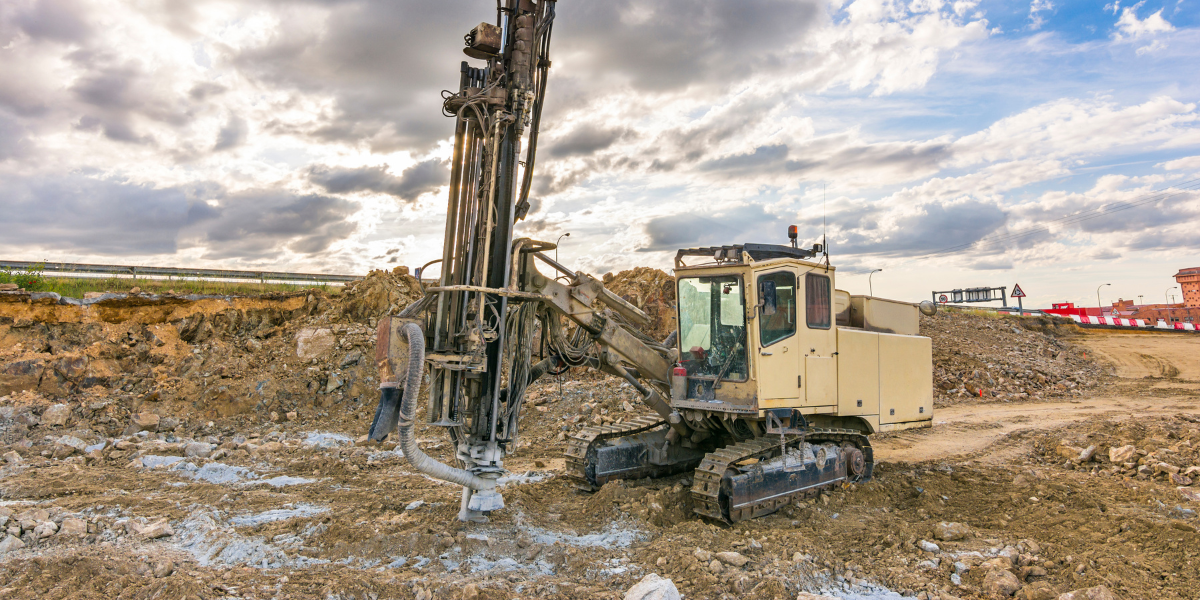Project Geotechnical Engineer for Tailored Site Evaluations
Wiki Article
Just How Consulting Engineers Enhance Geotechnical Engineering Projects: Insights Into Their Competence, Approaches, and Collaborative Approaches
Consulting engineers are essential in boosting geotechnical design tasks, applying their specialized knowledge to navigate the intricacies of subsurface problems. Their collaborative methods foster communication amongst varied task stakeholders, ultimately shaping the job's trajectory.Duty of Consulting Engineers
The proficiency of getting in touch with engineers in geotechnical design is basic to the effective execution of building jobs. These experts play a pivotal role in examining dirt and rock residential or commercial properties, which are important elements affecting design and building choices. By performing comprehensive site investigations, speaking with designers accumulate important data that informs the design procedure, ensuring tasks are constructed on stable and appropriate ground.Consulting engineers additionally provide invaluable understandings into danger administration (geotechnical geologist). They identify potential geotechnical threats, such as landslides, soil liquefaction, and negotiation issues, allowing stakeholders to execute effective reduction techniques. Their competence help in enhancing structure styles, which can bring about substantial cost financial savings and improved security
Furthermore, consulting designers act as a vital web link between job owners, designers, and specialists. Their capacity to equate complex geotechnical information into actionable suggestions promotes collaboration and assists in informed decision-making throughout the job lifecycle. This multidisciplinary strategy not just improves task efficiency yet likewise makes sure conformity with governing criteria and finest methods.
Trick Methodologies in Geotechnical Engineering

One primary methodology is website investigation, which includes conducting area tests and research laboratory evaluations to collect information on subsurface problems. Techniques such as Standard Infiltration Testing (SPT) and Cone Infiltration Screening (CPT) are extensively used to assess dirt stratigraphy and stamina. In addition, geophysical methods, consisting of seismic and electrical resistivity studies, provide non-invasive ways to evaluate subsurface features.
One more vital approach is mathematical modeling, which makes it possible for engineers to mimic different circumstances and forecast how soil-structure communications will act under different loading conditions. Finite Component Analysis (FEA) is a common technique used in this context.
In addition, the style of foundations, maintaining frameworks, and earthworks relies greatly on these approaches - geotechnical geologist. By integrating advanced analytical tools with area information, consulting designers can create tailored solutions that deal with details task difficulties, eventually contributing to the security and safety of building and construction jobs
Importance of Soil Evaluation
Soil evaluation acts as a foundational component in geotechnical engineering, giving crucial insights into the physical and chemical buildings of soil essential for effective building preparation. Recognizing dirt attributes is crucial for identifying its load-bearing capability, water drainage habits, and possibility for settlement or instability. In-depth dirt investigations, including sampling and research laboratory screening, help determine parameters such as dirt type, moisture web content, density, and shear toughness.
These evaluations notify the option of proper construction methods and products, inevitably influencing task safety and longevity. Natural dirts might need various structure styles contrasted to granular dirts, requiring customized design options. In addition, dirt evaluation help in recognizing contaminants that could position dangers to human health and wellness or the atmosphere, enabling the growth of reduction strategies.
Incorporating soil analysis right into the onset of job advancement helps to minimize unpredicted challenges, making sure that designers can expect and deal with potential concerns before they intensify. By establishing an extensive understanding of the site problems, getting in touch with engineers can optimize layout effectiveness and minimize costs, thereby boosting the overall success of geotechnical design projects.
Joint Techniques in Projects
Successful geotechnical tasks usually hinge on collaborative techniques that combine varied know-how from different disciplines. Efficient partnership amongst consulting engineers, rock hounds, environmental scientists, and building civil geotechnical engineering and construction experts is crucial for dealing with complicated difficulties and optimizing project end results. By leveraging the distinct abilities and understanding of each employee, jobs can gain from an all natural understanding of the website conditions, regulative demands, and design restraints.Normal communication and interdisciplinary conferences facilitate the sharing of insights and foster a society of teamwork. These joint efforts make it possible for the identification of potential threats early in the job lifecycle, enabling for timely reduction strategies. Incorporating responses from stakeholders, consisting of local communities and regulative companies, makes certain that all viewpoints are considered, enhancing job approval and conformity.
Additionally, the assimilation of advanced technologies, such as Geographic Information Equipment (GIS) and Building Information Modeling (BIM), more enhances partnership. These tools allow for the real-time sharing of information and visualization of geotechnical conditions, advertising notified decision-making. Eventually, a joint approach not only simplifies task execution but also lays the structure for ingenious remedies to complex geotechnical design obstacles.
Effect on Task End Results

Consulting designers utilize advanced approaches such as danger evaluation and anticipating modeling, which boost the precision of project forecasts. Their ability to integrate ingenious innovations, like geotechnical instrumentation and information analytics, better improves the design and construction procedures. Therefore, tasks experience enhanced performance, lowered costs, and lessened delays.
Moreover, cultivating reliable communication and partnership amongst employee boosts problem-solving abilities. When difficulties emerge, an unified front permits quick recognition of services, avoiding possible obstacles. Inevitably, the joint initiatives of seeking advice from designers add to higher high quality end results, ensuring that jobs fulfill both governing requirements and customer assumptions.
Final Thought

Report this wiki page